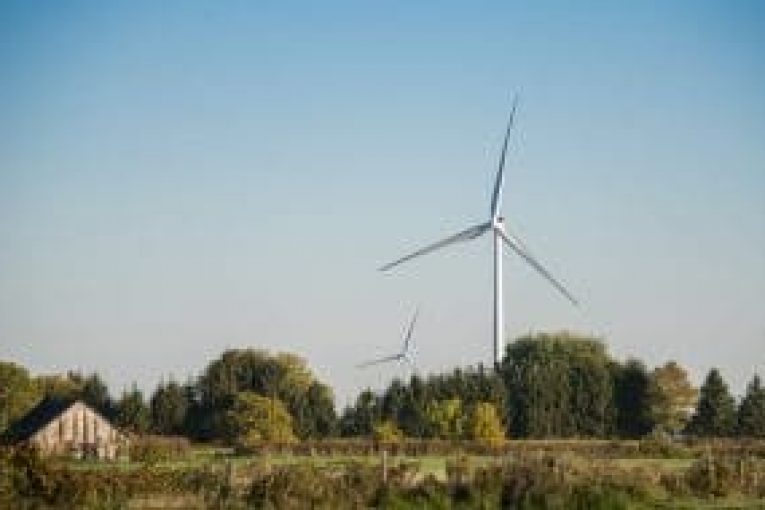
The International Energy Agency (IEA) recently released its Energy Technology Perspectives 2017 report, focusing on the evolution of energy technology, the growth of renewable energies such as wind, and how the world is doing in meeting the challenge of climate change. The report is timely as Ontario moves towards updating its Long Term Energy Plan.
The IEA finds that the global energy system is changing, with renewable energies and nuclear capacity additions now supplying most of the growth in electricity demand. This demand growth should accelerate, partly because of the continuing increase in population and living standards worldwide, but also because of a predicted electrification and decarbonisation of major economies such as Canada’s.
Renewable power supply is expected to grow by 36 per cent over 2015-21, making it the fastest-growing source of electricity generation globally. Global onshore wind energy generation should almost double during this five-year period. Declining costs are a major factor – the report notes that “record-low contract prices were announced in 2016” for both onshore wind and solar photovoltaics. Consistent with this trend, Ontario also announced its lowest-ever contract price for wind energy last year.
A key highlight of the report is that energy technologies interact, and an integrated approach to development and deployment is essential for a sustainable future. “The most important challenge for energy policy makers will be to move away from a siloed, supply-driven perspective towards one that enables systems integration. Effective planning tools, supportive regulatory frameworks, and increased policy dialogue are essential,” the report states.
The Canadian Wind Energy Association (CanWEA) strongly agrees with this IEA report finding. In Ontario, we support the Market Renewal Program of the Independent Electricity System Operator, which – similar to other system operators across North America – is expected to consider the role that electricity market structure and operations can play in reducing barriers to the efficient integration of wind energy. There are many tools that can help manage the variability of wind energy generation. This has been convincingly demonstrated by system operators around the world, who are efficiently and effectively managing much higher penetration rates for wind energy than are currently envisioned for Ontario.
While Ontario’s ample electricity supply now includes more than 4,500 megawatts of installed, dispatchable wind-energy capacity, the province will soon need new supply to replace older nuclear and fossil-fuelled generation; to fill in for 10 nuclear units being refurbished or retired; and to support the growing electrification and decarbonising of Ontario’s economy, as set out in its Climate Change Action Plan. Emission-free wind energy, now the least-cost option for new electricity generation available in Ontario, is the best resource to meet the coming supply needs.
The new IEA report is hopeful reading for those jurisdictions such as Ontario that are advocating a shift to a low carbon economy. Climate-friendly wind energy technology has evolved into a flexible, reliable and affordable contributor to Ontario’s electricity supply. As the province finalizes its long-term energy plan, wind energy is ready to contribute even more.
You can read more of the news on source



